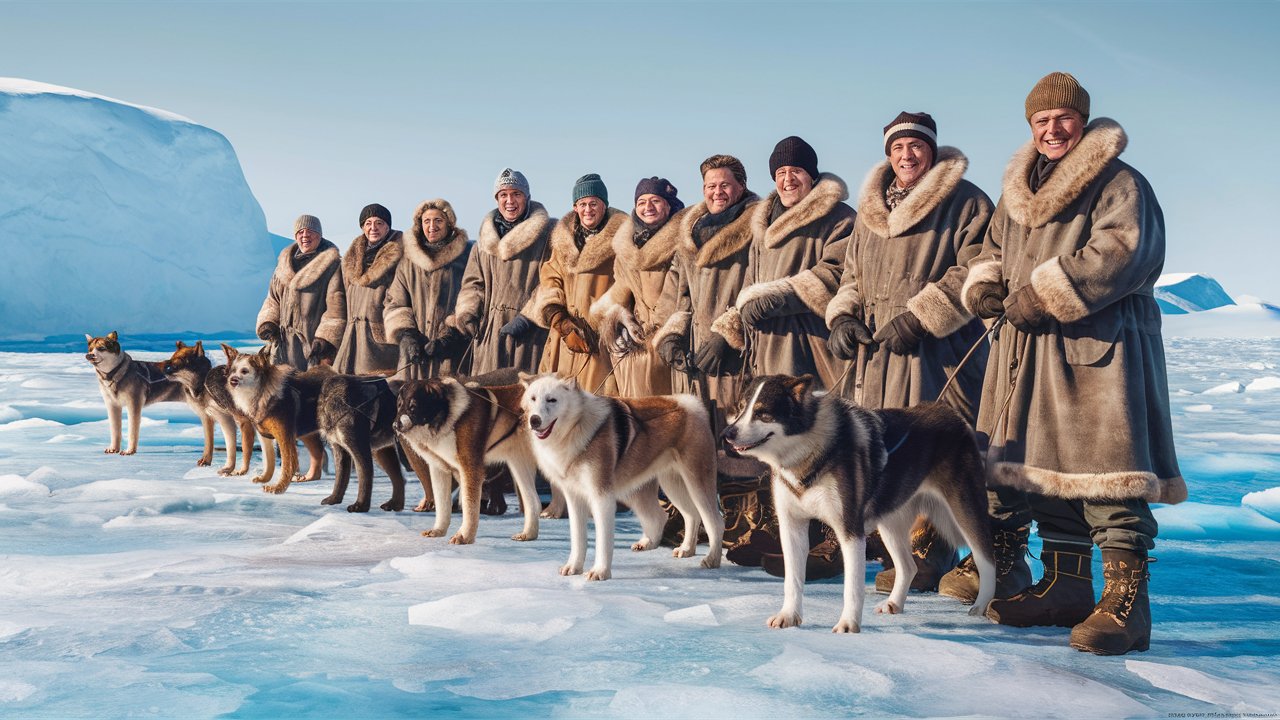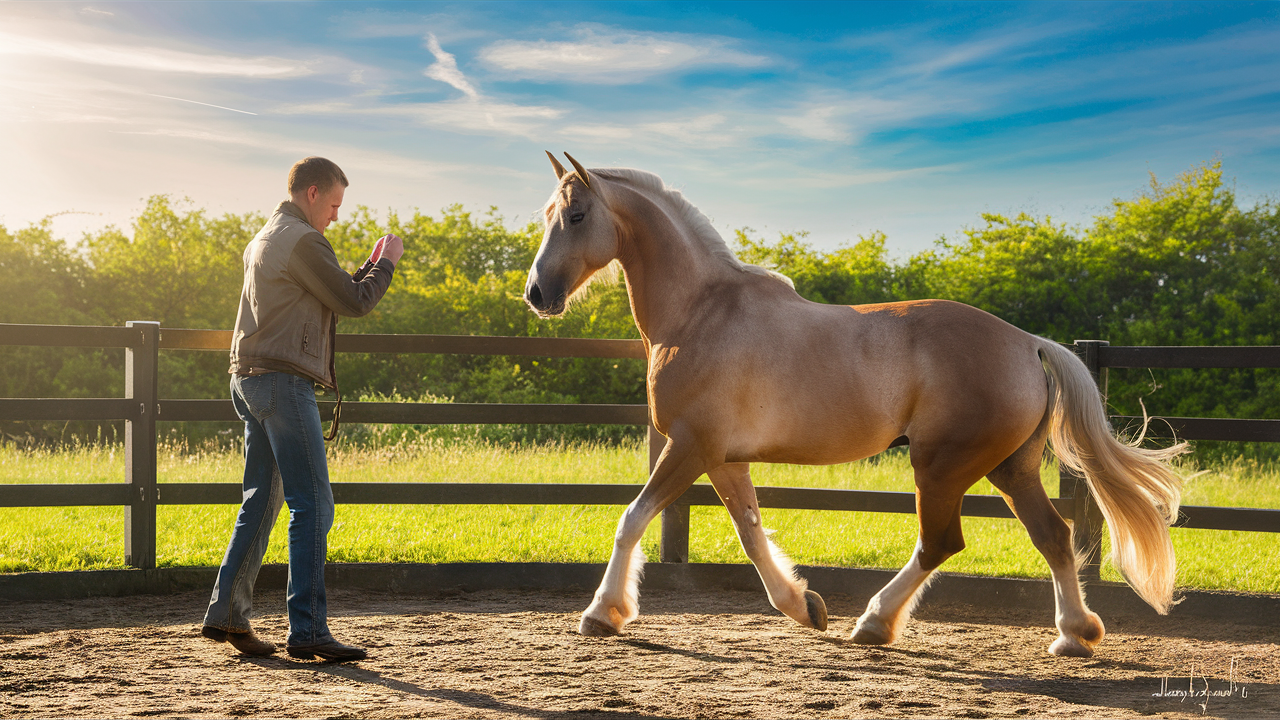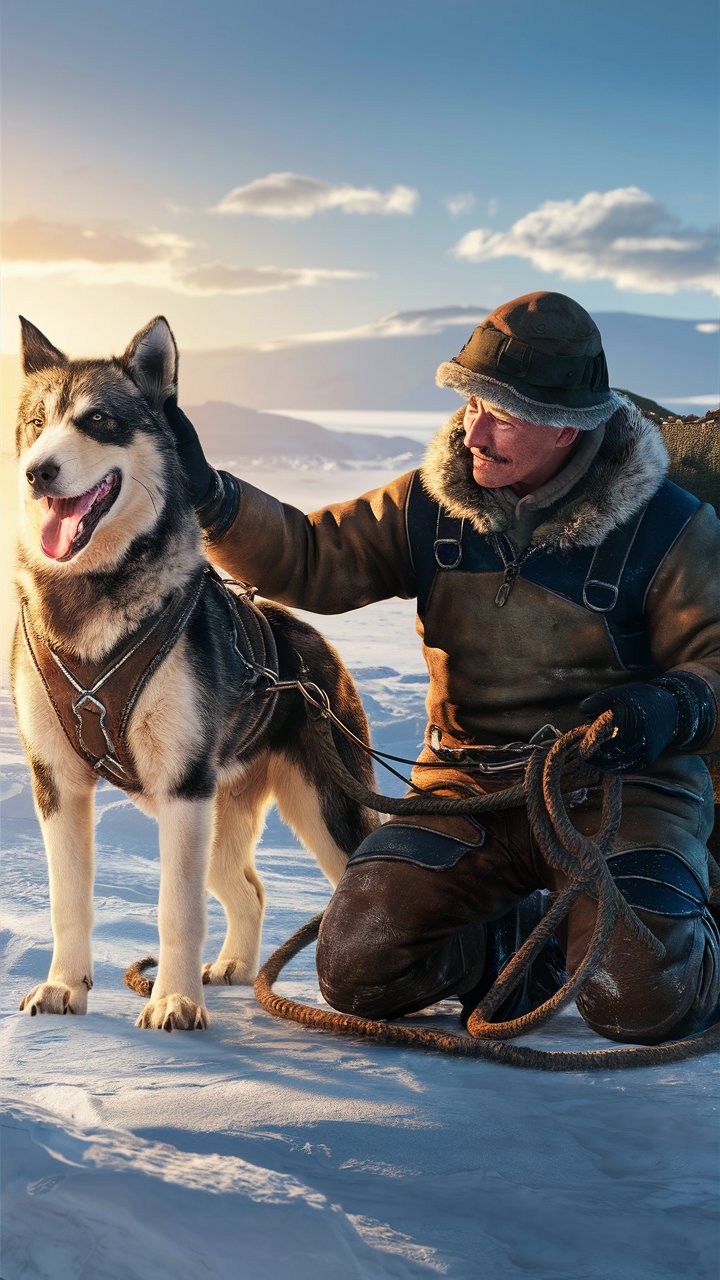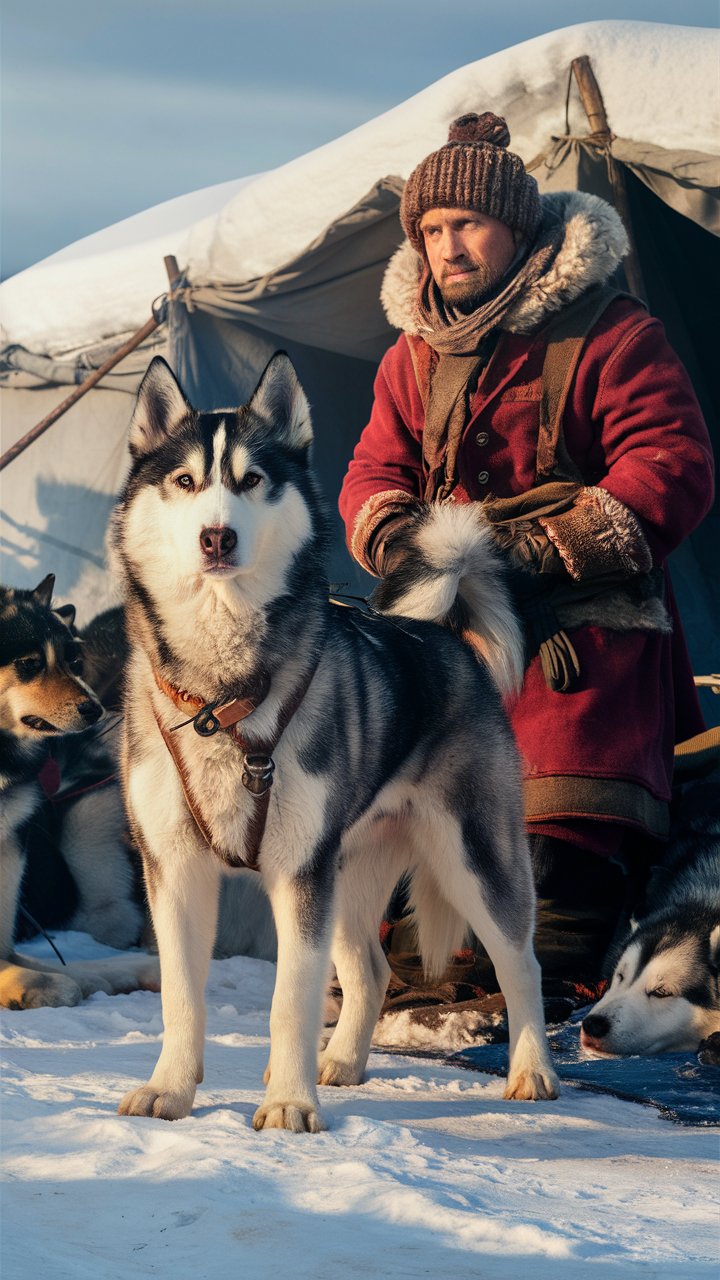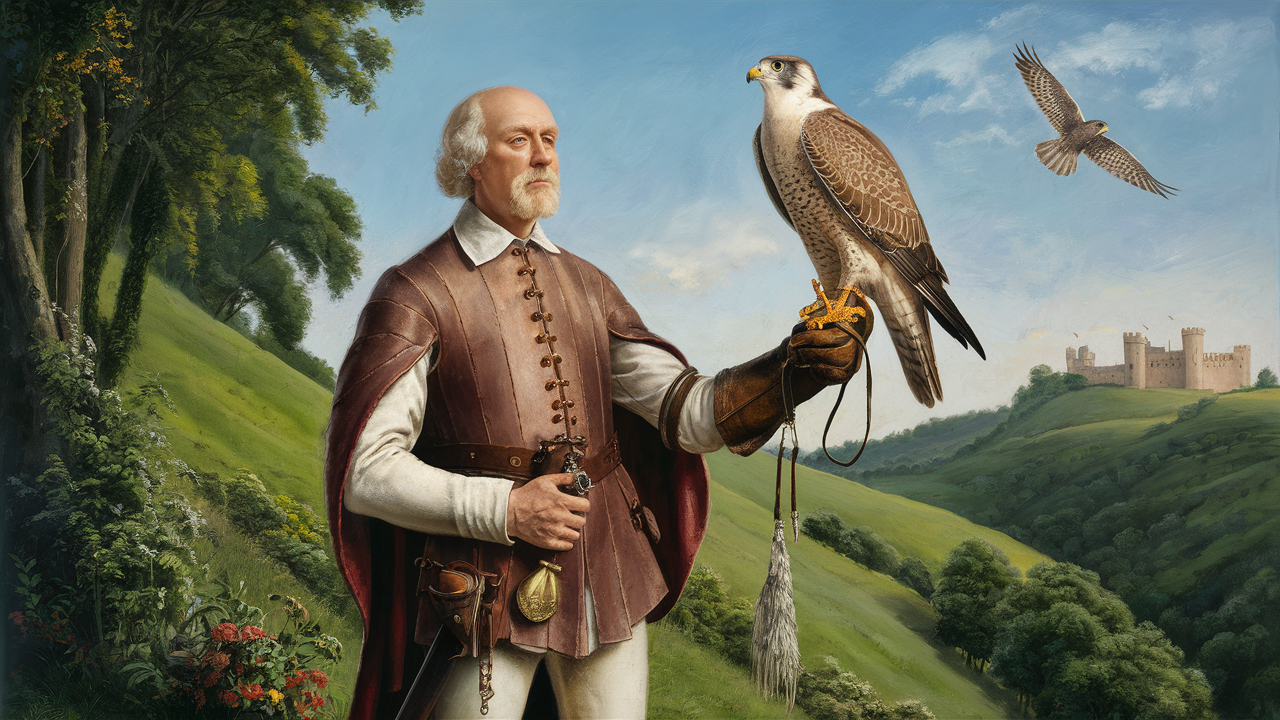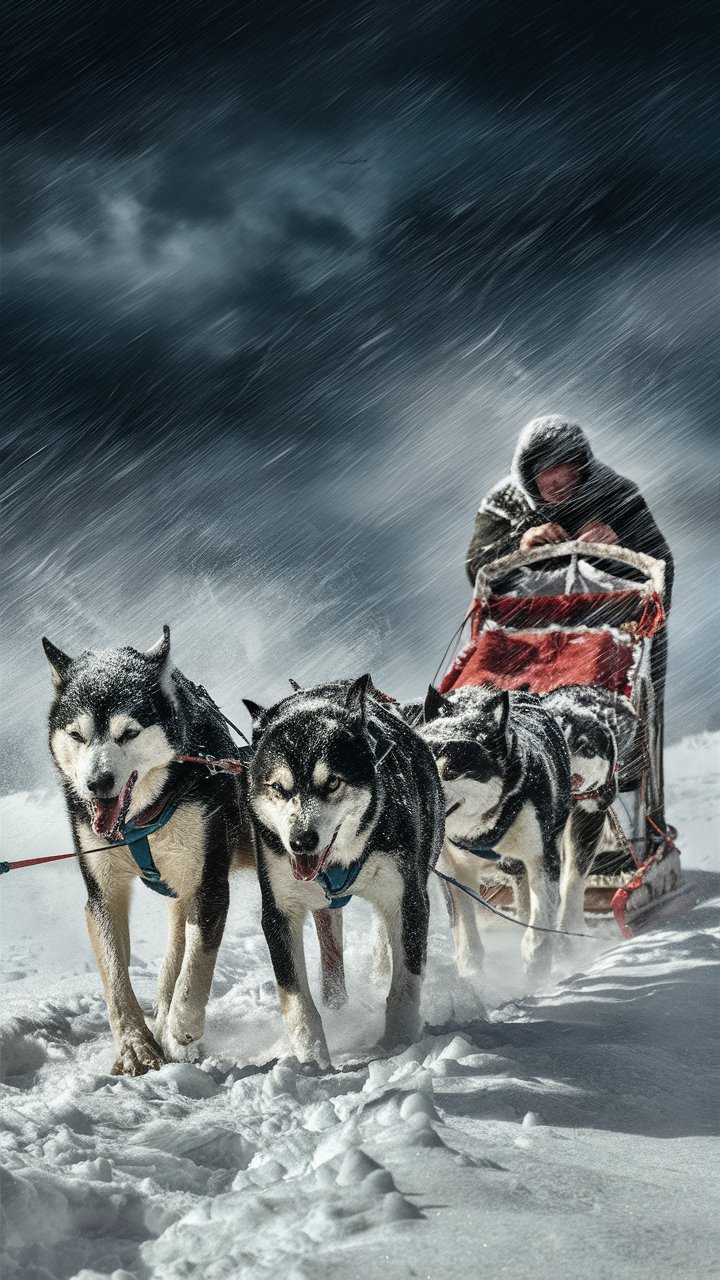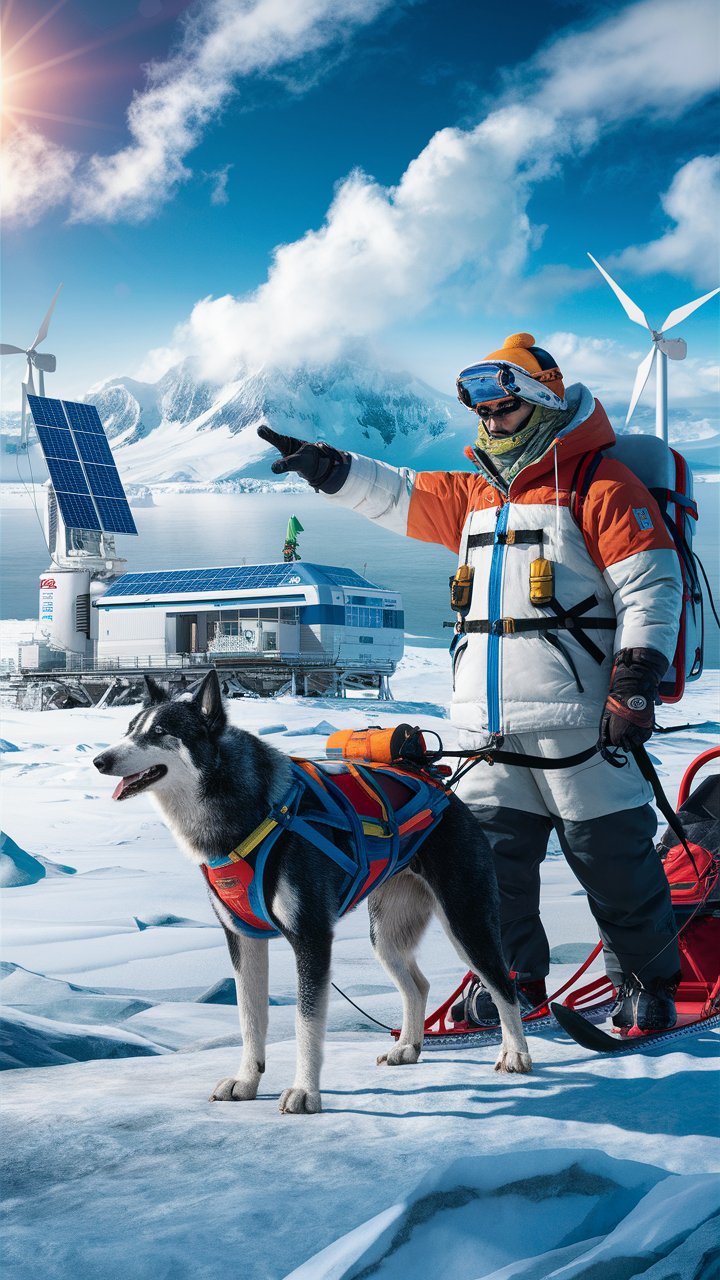Introduction
Dogs have played a crucial role in the history of exploration, accompanying explorers on expeditions to uncharted territories. These animals have provided companionship, protection, and assistance to humans during their journeys. From the polar regions of Antarctica to the dense Amazon rainforest, dogs have faced similar challenges and risks as their human counterparts, showcasing their remarkable resilience and loyalty.
The contributions of dogs to exploration have been significant throughout history. Explorers have relied on canine companions for centuries, benefiting from their physical abilities and emotional support. The relationship between humans and dogs has been a key factor in the success of many expeditions, helping explorers navigate difficult terrain and overcome obstacles. This enduring partnership has influenced our understanding of the world and the way we approach discovery.
Key Takeaways
-
Canine companions have played a crucial role in the exploration of the world, providing companionship, protection, and assistance to great explorers throughout history.
-
Dogs have been essential in exploration, serving as hunters, sled pullers, and guards, and providing warmth and companionship to their human counterparts.
-
Famous canine companions such as Togo, Balto, and Laika have left a lasting impact on exploration, showcasing the loyalty, bravery, and resilience of dogs in the face of adversity.
-
The impact of dogs on exploration is undeniable, as they have helped navigate treacherous terrains, locate food and water, and provide emotional support to explorers in isolated and challenging environments.
-
Canine companions in exploration face numerous challenges, including extreme weather conditions, wildlife threats, and the risk of injury or illness, highlighting the need for proper care and protection for these loyal companions.
-
The enduring partnership between humans and dogs has significantly influenced our understanding of the world and continues to inspire future generations of explorers.
The Role of Dogs in Exploration
Dogs have been indispensable to human exploration, particularly in polar regions. Their physical capabilities, such as keen senses and natural instincts, have made them essential in navigating treacherous terrains. During early British Antarctic expeditions, sledge dogs played a crucial role in pulling heavy loads across vast icy landscapes, enabling explorers to cover great distances and transport essential supplies. Beyond their physical contributions, dogs provided emotional support, offering companionship and loyalty to explorers facing isolation and harsh conditions. Their presence helped explorers cope with the mental and emotional challenges of long journeys. Additionally, dogs served as early warning systems, alerting explorers to potential threats or changes in the environment. The role of dogs in exploration highlights their versatility and the deep bond between humans and these loyal animals.
The Role of Dogs in Exploration
| Aspect | Details |
|---|---|
| Specific Expeditions and Famous Sled Dogs or Explorers |
|
| Detailed Accounts or Anecdotes |
|
| Comparison of the Use of Dogs in Different Regions and Periods |
|
| Modern Use of Dogs |
|
Physical Capabilities in Polar Expeditions
Dogs have played an essential role in exploration due to their keen senses and natural instincts. In polar expeditions, sled dogs have been vital in pulling heavy loads across icy landscapes, allowing explorers to cover vast distances and transport necessary supplies. These canine members of early Antarctic expeditions demonstrated unmatched resilience, enduring harsh weather conditions and challenging environments. Early British Antarctic expeditions depended heavily on the strength and stamina of their sled dogs, who often faced extreme temperatures and difficult terrains. Their ability to navigate through snow and ice made them invaluable assets to the success of these expeditions. The contributions of these sled dogs underscore their importance in the history of exploration.
Emotional Support During Polar Expeditions
Beyond their physical contributions, dogs have provided crucial emotional support to explorers. Their companionship helped explorers manage the isolation and difficulties of long journeys. The loyalty and dedication of dogs have been invaluable, offering comfort and boosting morale during strenuous expeditions. Early explorers valued their dogs not just for their utility, but also for their unwavering support. The bond between dogs and their human counterparts was a source of strength and encouragement. During early Antarctic expeditions, the presence of dogs was a vital factor in maintaining the mental well-being of explorers, helping them cope with the solitude and challenges of their missions.
Early Warning Systems in Polar Expeditions
Dogs also acted as early warning systems, alerting explorers to potential threats or the presence of wildlife. Their acute senses and ability to detect changes in the environment were essential in ensuring the safety of the team. This early detection capability was crucial in preventing unforeseen dangers during expeditions. The team of canine companions provided a layer of security that was indispensable in the treacherous terrains of the Arctic and Antarctic. By sensing and responding to potential dangers, dogs helped protect their human counterparts, making them reliable partners in exploration. Their role as early warning systems underscores their importance in the success and safety of exploration missions.
Famous Canine Companions and their Great Explorers
Throughout history, there have been numerous famous canine companions who have accompanied great explorers on their expeditions. One such notable companion is Togo, a Siberian Husky who played a pivotal role in the 1925 serum run to Nome, Alaska. Togo led his team through treacherous blizzard conditions, covering nearly 264 miles in just five and a half days to deliver life-saving diphtheria antitoxin to the town of Nome.
Famous Canine Companions and their Great Explorers
1. Buck
Buck, from the novel “The Call of the Wild” by Jack London, was inspired by real sled dogs during the Klondike Gold Rush. Though fictional, Buck represents the endurance and spirit of sled dogs used in harsh conditions.
2. Hachiko
Hachiko, a loyal Akita dog from Japan, is known for his daily visits to Shibuya Station to wait for his deceased owner, Hidesaburo Ueno. Hachiko’s loyalty is commemorated with a statue at Shibuya Station.
3. Sotnik
Sotnik accompanied Soviet explorers during their Arctic expeditions. He is known for his resilience and assistance in navigating the harsh Arctic conditions.
4. Stubby
Stubby served in World War I with the 102nd Infantry Regiment. He was the most decorated war dog of his time, awarded for his actions in saving soldiers’ lives and capturing a German spy.
5. Gander
Gander, a Newfoundland dog, served in World War II with the Canadian Army. He was posthumously awarded the Dickin Medal for bravery after sacrificing himself to save soldiers from a grenade.
6. Smoky
Smoky, a Yorkshire Terrier, served in World War II in the Pacific theater. She is known for her acts of heroism, including crawling through a pipe with communication wire, earning several medals for her service.
7. Buddy
Buddy was the first seeing-eye dog in America, trained by Dorothy Harrison Eustis. He paved the way for guide dog programs and helped increase independence for visually impaired individuals.
8. Peritas
Peritas, the loyal dog of Alexander the Great, is said to have saved his master’s life during a battle. He is celebrated in various historical accounts for his loyalty and bravery.
9. Taro and Jiro
Taro and Jiro, two Sakhalin Huskies, survived a year in Antarctica after being left behind by a Japanese expedition. Their survival story inspired many and they were celebrated upon their return to Japan.
Heroic Husky: Togo’s Legacy
Togo’s remarkable endurance and determination saved countless lives and cemented his legacy as a hero of exploration. His story is a testament to the indomitable spirit of sled dogs, whose vital roles in such missions are often highlighted in tales from the pack. Unlike the early Antarctic explorers who underfed their dogs due to limited food supplies, Togo was provided with suitable complete food for his high-energy activities, ensuring his optimal performance during the grueling journey.
Balto and Other Brave Canines
Another famous canine companion is Balto, a Siberian Husky who led the final leg of the serum run to Nome. Balto and his team braved whiteout conditions and sub-zero temperatures to deliver the much-needed antitoxin, completing the journey despite the harrowing conditions. Balto’s courage and resilience captured the hearts of people around the world, leading to the erection of a statue in his honor in New York City’s Central Park.
Apart from Togo and Balto, other notable canine companions include Laika, the first dog in space, who paved the way for human space exploration, and Seaman, Meriwether Lewis and William Clark’s faithful Newfoundland dog who accompanied them on their historic expedition to explore the newly acquired Louisiana Purchase. These remarkable dogs have left an indelible mark on the history of exploration, showcasing the vital role that canine companions have played in shaping our understanding of the world.
The Impact of Dogs on Exploration
The impact of dogs on exploration has been profound, shaping the course of history and expanding our knowledge of the world. Dogs became instrumental in enabling explorers to reach remote and inaccessible regions, providing them with the means to traverse challenging terrains and navigate unfamiliar landscapes. Their strength, agility, and endurance have allowed explorers to push the boundaries of exploration, opening up new frontiers and uncovering hidden treasures.
Contributions to Scientific Research
Dogs have contributed to scientific research and discovery, aiding explorers in conducting surveys and collecting valuable data in remote locations. Their keen sense of smell has been utilized in detecting wildlife and indigenous flora, providing valuable insights into the biodiversity of unexplored regions. In addition, dogs have assisted in search and rescue operations, locating missing persons and providing vital support in emergency situations. University of Otago researchers like Sara Fraser-Miller and Jeremy Rooney have studied the lives of dogs in Antarctica, revealing how these animals adapted to harsh conditions and contributed to the success of various expeditions.
Symbols of Courage and Resilience
The impact of dogs on exploration extends beyond their physical contributions, as they have also served as symbols of courage and resilience. The stories of famous canine companions have inspired generations of explorers and adventurers, showcasing the unwavering loyalty and bravery of these remarkable animals. Their enduring legacy continues to resonate with people around the world, highlighting the profound impact that dogs have had on shaping our understanding of the natural world. For instance, early Antarctic explorers were particularly keen on using dogs due to their invaluable assistance in harsh climates, despite often underfeeding them due to limited resources.
Challenges Faced by Canine Companions in Exploration
Despite their remarkable abilities, canine companions have faced numerous challenges in the context of exploration. Harsh environmental conditions, such as extreme cold or intense heat, can pose significant risks to dogs, requiring careful planning and preparation to ensure their well-being. In polar expeditions, sled dogs must contend with sub-zero temperatures and blizzard conditions, putting their physical endurance to the test. Similarly, dogs accompanying explorers in tropical or desert environments must cope with high temperatures and limited access to water and shade.
Environmental and Health Challenges
Beyond environmental challenges, dogs are also susceptible to injuries and illnesses during expeditions, necessitating access to veterinary care and medical supplies. Explorers must be vigilant in monitoring their canine companions’ health and well-being, addressing any potential issues promptly to prevent complications. The early Antarctic explorers faced particular difficulties, as dogs on the early expeditions were often underfed due to limited resources. Ensuring adequate nutrition for dogs in remote or inhospitable environments can be a logistical challenge, requiring careful planning and resource management.
Navigating Natural Hazards
Another significant challenge faced by canine companions is the risk of encountering wildlife or natural hazards during exploration. Dogs must be trained to navigate encounters with potentially dangerous animals and to avoid hazardous terrain, minimizing the likelihood of injury or conflict. For example, Robert Falcon Scott’s Discovery Expedition highlighted the need for comprehensive training and preparation for both dogs and explorers. Additionally, ensuring the safety and security of dogs in unfamiliar or unpredictable environments is paramount, requiring explorers to exercise caution and vigilance at all times.
“Man cannot discover new oceans unless he has the courage to lose sight of the shore.” – Andre Gide
Legacy of Canine Companions in Exploration
The legacy of canine companions in exploration is a testament to their invaluable contributions and unwavering loyalty. Throughout history, dogs have been indispensable in some of the most challenging and groundbreaking expeditions. Their physical abilities enabled explorers to traverse harsh terrains, from the icy expanses of Antarctica to the dense jungles and arid deserts. Beyond their practical roles, these dogs provided emotional support and companionship, often becoming symbols of bravery and perseverance. The stories of famous exploration dogs, such as those from Scott’s Terra Nova Expedition, highlight their critical role in human achievements. As researchers like those at the University of Otago in New Zealand continue to uncover more about their impact, the profound legacy of these canine heroes remains an enduring inspiration.
Unwavering Loyalty and Bravery
Throughout history, dogs have stood by their human counterparts through triumphs and tribulations, demonstrating an unparalleled commitment to the pursuit of discovery. Their enduring legacy is reflected in the countless stories of courage and sacrifice that have immortalized their contributions to exploration. From the iconic images of early Antarctic exploration to the heroic tales from Scott’s Terra Nova Expedition, these dogs showcased unwavering loyalty and bravery, facing harsh environments and treacherous conditions to support their human companions.
Enduring Symbols of Companionship and Devotion
The impact of canine companions on exploration extends far beyond their physical abilities, as they have become enduring symbols of companionship and devotion. The bond between humans and dogs has transcended cultural and geographical boundaries, serving as a testament to the profound connection that exists between these remarkable animals and their human counterparts. This connection is evident in the early Antarctic expeditions where dogs on the early Antarctic missions not only provided practical support but also emotional strength, proving to be indispensable members of the exploration teams.
A Transformative Partnership
The legacy of canine companions in exploration serves as a reminder of the enduring partnership between humans and dogs, showcasing the transformative power of this extraordinary relationship. The University of Otago in New Zealand has researched and highlighted how these partnerships were crucial in historical expeditions, emphasizing the evolution of practices in feeding dogs and ensuring their well-being. These studies, such as the analysis of a partially crumbled dog biscuit found on early expeditions, reveal the importance of providing suitable complete food for dogs, highlighting a partnership that has continuously evolved to meet the needs of both explorers and their loyal canine companions.
The Future of Canine Companions in Exploration
As we look towards the future of exploration, it is clear that canine companions will continue to play a vital role in shaping the course of discovery. Advances in technology and training methods will further enhance the capabilities of dogs in supporting explorers in their endeavors, enabling them to overcome new challenges and push the boundaries of exploration. From search and rescue operations to scientific research expeditions, dogs will remain indispensable members of exploration teams, contributing their unique skills and instincts to further our understanding of the world.
Enhanced Capabilities Through Technology
With the advent of new technologies, the future of canine companions in exploration looks promising. Modern dog biscuits, for instance, are now designed to provide enough fuel for their high-energy activities, superior to the older practices of feeding dogs during early Antarctic expeditions. These advancements in dog food ensure that dogs receive optimal nutrition, enhancing their endurance and performance. Researchers like those at the University of Otago in New Zealand have used laser-based analysis to determine the composition of the materials in these foods, ensuring they meet the nutritional needs of exploration dogs.
Continued Inspiration and Legacy
The enduring legacy of famous canine companions will continue to inspire future generations of explorers. The stories of dogs who braved harsh conditions and supported their human counterparts will foster a deep appreciation for their invaluable contributions to exploration. Exhibitions, like the 2018 exhibition “Dogs in Antarctica”, curated by experts such as museum curator human history Dr., highlight the historical significance and heroism of these animals. As we continue to push the boundaries of exploration, canine companions will undoubtedly remain steadfast allies, enriching our experiences and expanding our horizons with their remarkable presence.
[lasso rel=”amazon-30″ id=”5446″]

